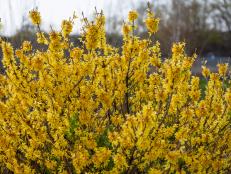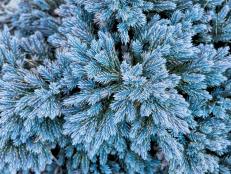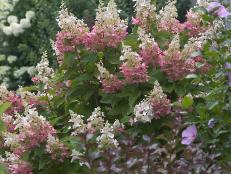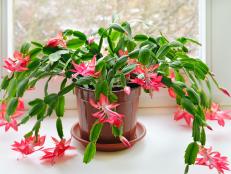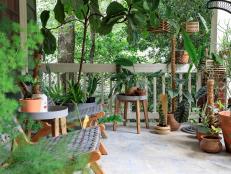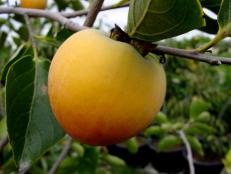How to Protect Shrubs From Winter Damage
Taking a few precautions can minimize winter damage to the shrubs in your landscape.
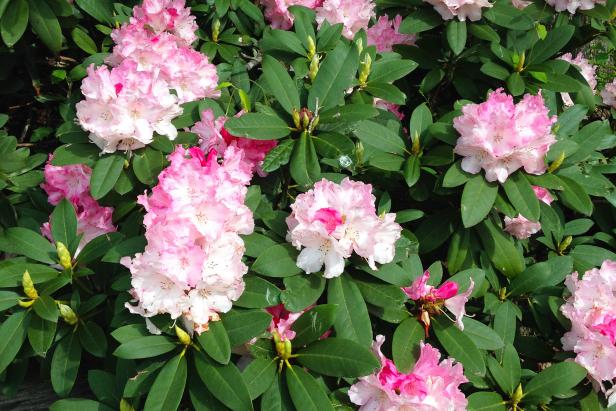
Debbie Wolfe
A well kept landscape is a thing of beauty. One important part of keeping the landscape in great condition is protecting it from winter damage. Taking a few precautions that will minimize or even eliminate winter damage to the shrubs in your landscape is a really good way to control costs of home ownership while ensuring consistently good curb appeal.
Cold Temperatures
Cold by itself can damage shrubs in a few ways. A sudden early freeze can cause brown foliage and even branch tip dieback. Recently sheared shrubs with new growth, especially broadleaf evergreens, are most susceptible to this sort of winter damage. Prevent damage from early freezes by discontinuing shearing of hedges and topiaries after September 1.
In mid winter temperatures may drop to severe cold for extended periods. Hardy plants in their dormant phase will be highly resistant to damage at this time. However, marginally hardy plants may exhibit winter damage either soon after the event or months later as they emerge from dormancy. This type of winter damage may be prevented by planting marginally hardy specimens in sheltered locations within the landscape. Ensure that all shrubs are well hydrated heading into winter and a protective layer of mulch is in place ahead of the cold. Additional temporary protection may be used during extreme conditions, such as covering susceptible shrubs with burlap.

Debbie Wolfe
Just when you think winter is over, a late freeze may roll in to take one more shot at your precious plants. Newly emerging foliage and flower buds are at risk during this time. Protect them by covering with a frost blanket. Even hardy plants which are in the process of emerging from dormancy may be damaged at this time of year. Wetting their foliage late in the evening before and early in the morning after a late cold snap can help to mitigate the effects of the cold.
Wind Chill
The damage from wind in winter is due to a combination of cold and drought. Protection in this situation can be a bit tricky. Water does not move readily through the vascular tissue of plants during extreme cold. Again, it is especially important to ensure that landscape shrubs are pre-hydrated before cold, windy weather moves in. Average soil moisture is adequate for well established shrubs: the concern is when winter follows a drought, or when dealing with newly installed plants. Using an antitranspirant spray on branches and foliage, in addition to supplemental watering of the root zone can help in these situations. Antitranspirants coat the thin branch tips with wax, minimizing water loss from this sensitive tissue.
Frozen Precipitation
Snow, sleet and freezing rain can accumulate on branches, protecting from severe air temperatures and wind. Unfortunately, a heavy load of precipitation can weigh down branches to the point of breakage. The only protections available against this damage are coverings or manual snow removal. Another possible form of damage from precipitation is when water fills voids in branches or crotches of larger shrubs and trees. This water can then freeze within the void and expand to cause cracks or break the tissue altogether. Protect against this damage by either filling these voids or creating outlets for water to drain away.
Salt
Runoff from treated roads and sidewalks becomes an issue when salt accumulates in the soil. If it is not flushed out, it can lead to (what looks like) drought-type damage, leaf scorch, branch tip dieback, and stunted growth. Prevent salt damage by keeping the landscape hydrated year round. This will ensure that accumulated salt drains away from the shrub root zone, and that shrubs are well hydrated ahead of winter stress.
Winter can mean major stress to dormant shrubs, causing a wide range of damage that leads to extra maintenance costs. By considering winter stress factors and protecting shrubs against them, you can minimize damage to the landscape. Less damage to correct means more time and money for pleasurable pursuits in or out of the garden.








